Golang spec:
A "go" statement starts the execution of a function call as an independent concurrent thread of control, or goroutine, within the same address space.
Could anybody explain to me the basics of the problem?
"Address space" is a generic term which can apply to many contexts:
Address spaces are created by combining enough uniquely identified qualifiers to make an address unambiguous (within a particular address space)
Dave Cheney's presentation "Five things that make Go fast" illustrates the main issue addressed by having goroutine within the same process address space: stack management.
Dave's qualifies the "address space", speaking first of thread:
Because a process switch can occur at any point in a process’ execution, the operating system needs to store the contents of all of these registers because it does not know which are currently in use.
This lead to the development of threads, which are conceptually the same as processes, but share the same memory space.
(so this is about memory)
Then Dave illustrates the stack within a process address space (the addresses managed by a process):

Traditionally inside the address space of a process,
- the heap is at the bottom of memory, just above the program (text) and grows upwards.
- The stack is located at the top of the virtual address space, and grows downwards.
See also "What and where are the stack and heap?".
The issue:
Because the heap and stack overwriting each other would be catastrophic, the operating system usually arranges to place an area of unwritable memory between the stack and the heap to ensure that if they did collide, the program will abort.
With threads, that can lead to restrict the heap size of a process:

as the number of threads in your program increases, the amount of available address space is reduced.
goroutine uses a different approach, while still sharing the same process address space:
what about the stack requirements of those goroutines ?
Instead of using guard pages, the Go compiler inserts a check as part of every function call to check if there is sufficient stack for the function to run. If there is not, the runtime can allocate more stack space.
Because of this check, a goroutines initial stack can be made much smaller, which in turn permits Go programmers to treat goroutines as cheap resources.
Go 1.3 introduces a new way of managing those stacks:

Instead of adding and removing additional stack segments, if the stack of a goroutine is too small, a new, larger, stack will be allocated.
The old stack’s contents are copied to the new stack, then the goroutine continues with its new larger stack.
After the first call to H the stack will be large enough that the check for available stack space will always succeed.


